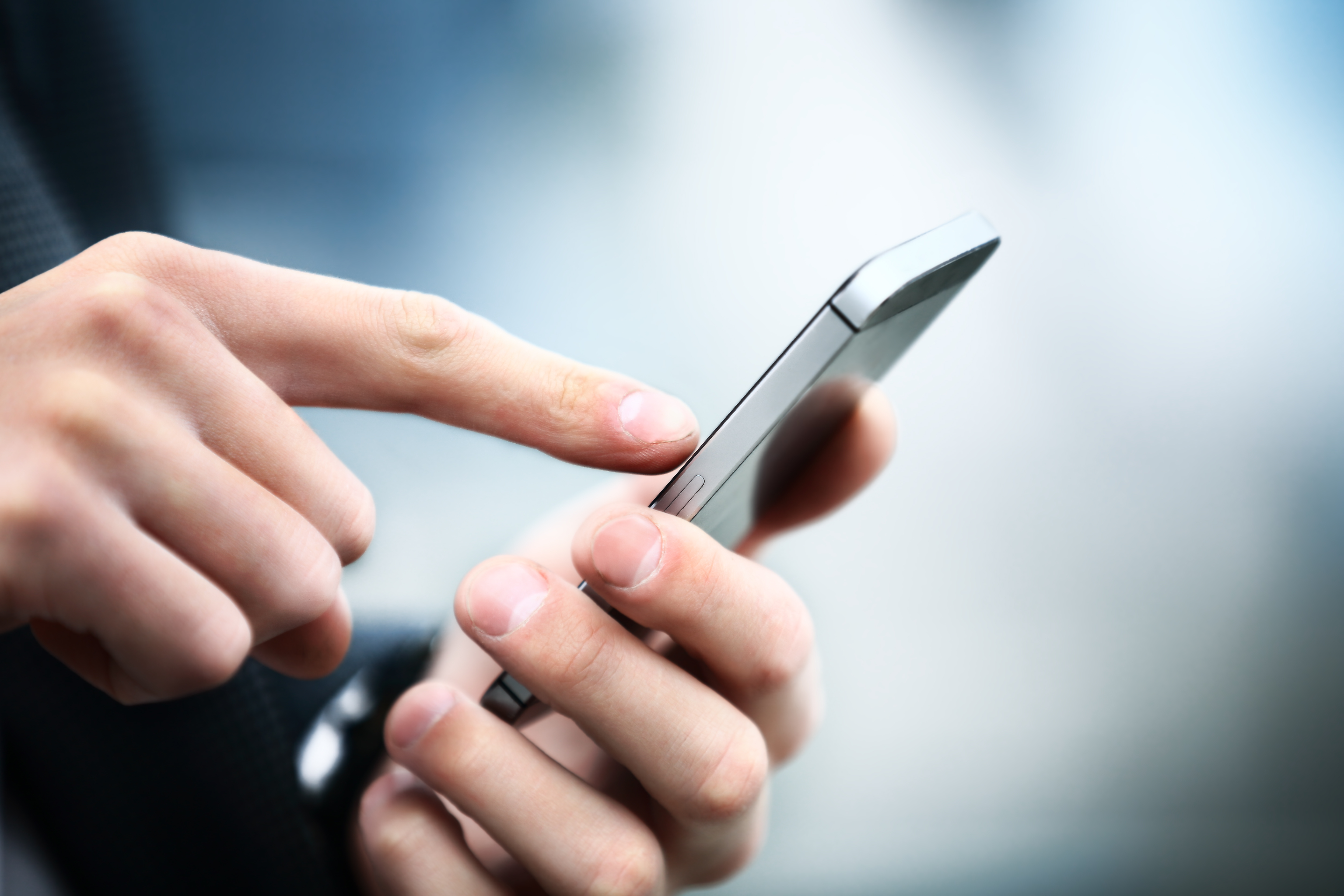
The World of Mobile Payments
The World of Mobile Payments
Technology is constantly evolving to make our lives easier and more convenient. An area where this is especially true is in the world of payments and transactions. Gone are the days when we had to carry around a bulky wallet full of cash and cards …and pesky coins! Now, with just a few taps on our mobile devices, we can transfer money to friends and family members and make purchases, in-store and online.
Managing your finances on the go has never been easier, here’s a closer look at the different options for making payments using your mobile device.
1. Mobile Payment App
Downloaded to your phone or tablet, these apps, sometimes also known as Mobile Wallets, allow you to make payments directly from your device … including your smartwatch. Some of the most popular mobile payment apps include Apple Pay, Google Pay, and Samsung Pay. These apps are convenient because they store your card information securely, so you don't have to enter your details every time you make a payment.2. Banking App
Next we have mobile banking apps. Many banks now offer their own apps that allow you to transfer money, pay bills, and even make purchases. These apps are usually free to download and are a super convenient way to manage your finances, at home and on when you’re out and about.3. In-Store Mobile Payments.
Another option is using your mobile device to make payments in-store. Many retailers now accept contactless payments, which means you can simply tap your phone or tablet against a reader to make a payment. This is a quick and easy way to pay, and is becoming increasingly popular as more and more people switch to mobile payments options.4. Peer-To-Peer Payment Apps.
These types of apps let you send money directly to another person using your mobile device. There are several P2P payment apps available, including Venmo, Zelle, and Cash App. These apps are great for splitting a bill with friends, sending money to family members, or paying someone back for a loan.Oh and one thing that’s definitely worth a mention is that many of these apps; PayPal, Venmo, Google, Samsung … offer rewards from cashback to special offers and promotions. Who knew spending could be so rewarding!
Of course, with convenience comes an element of risk. Mobile payments are generally very secure. Many mobile payment apps use encryption to protect your personal and financial information, and they also have multiple layers of security to prevent fraud. Additionally, if your phone is lost or stolen, you can easily lock or erase your data remotely, which helps to protect your sensitive information.
However, despite the security measures in place, it's still important to be careful when using mobile payments. Here’s a few do’s and don’ts … just to be on the safe side!
- Use a trusted payment app: Stick with payment apps from reputable sources such as your bank, major tech companies, or other established financial institutions. Avoid downloading payment apps from unknown sources or clicking on links to payment apps from unsolicited sources.
- Use a strong password or biometric authentication: Fingerprint recognition or facial recognition are biometric options to secure your payment app. And for passwords, try to use either the suggested ‘strong’ ones or ones with a mix of upper case, lower case, numbers and special characters.
- Keep your payment app up-to-date: Regularly update your payment app to ensure that any known security vulnerabilities are patched and don’t leave your data exposed.
- Avoid using public Wi-Fi: Never make a mobile payment using public Wi-Fi, as it is not secure and may leave your payment information vulnerable to hackers. Always use secure Wi-Fi connections for any transactions.
- Check your payment history: Regularly check your payment history to ensure that there are no unauthorized transactions. Also make sure to turn on any notification options so as at least if something does happen, you’re quickly made aware.
- Enable two-factor authentication: Some payment apps offer two-factor authentication as an additional security measure. This requires a secondary authentication method, such as a text message or email code, before completing a transaction. Worth considering.
- Be cautious of phishing scams: Scammers may attempt to trick you into giving away your payment information through phishing scams. Always be cautious of unsolicited emails or messages asking for your payment information, and never share your payment information with someone you don't know or trust.
So, there you have it. A brief rundown on the different types of mobile payment options, as well as some security tips to keep your data and cash, safe. Mobile apps have revolutionized the way we make payments, from online to in-store to managing bills and sending money. Another way technology is making our lives just that little bit easier.

